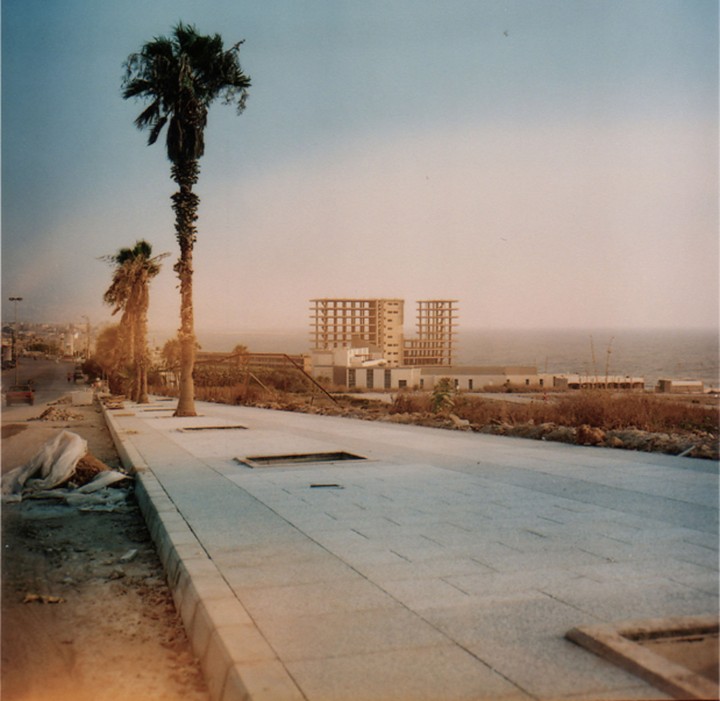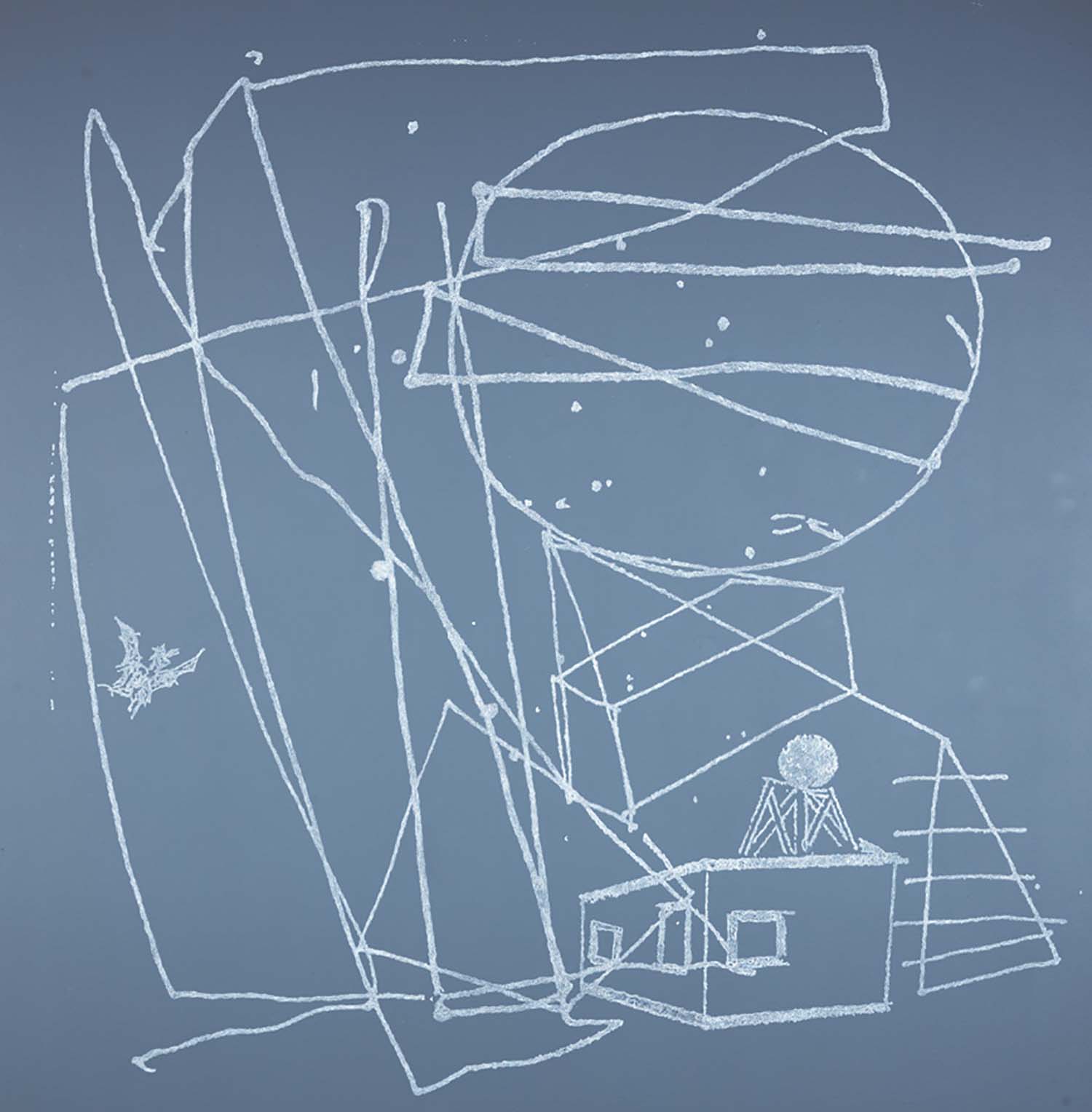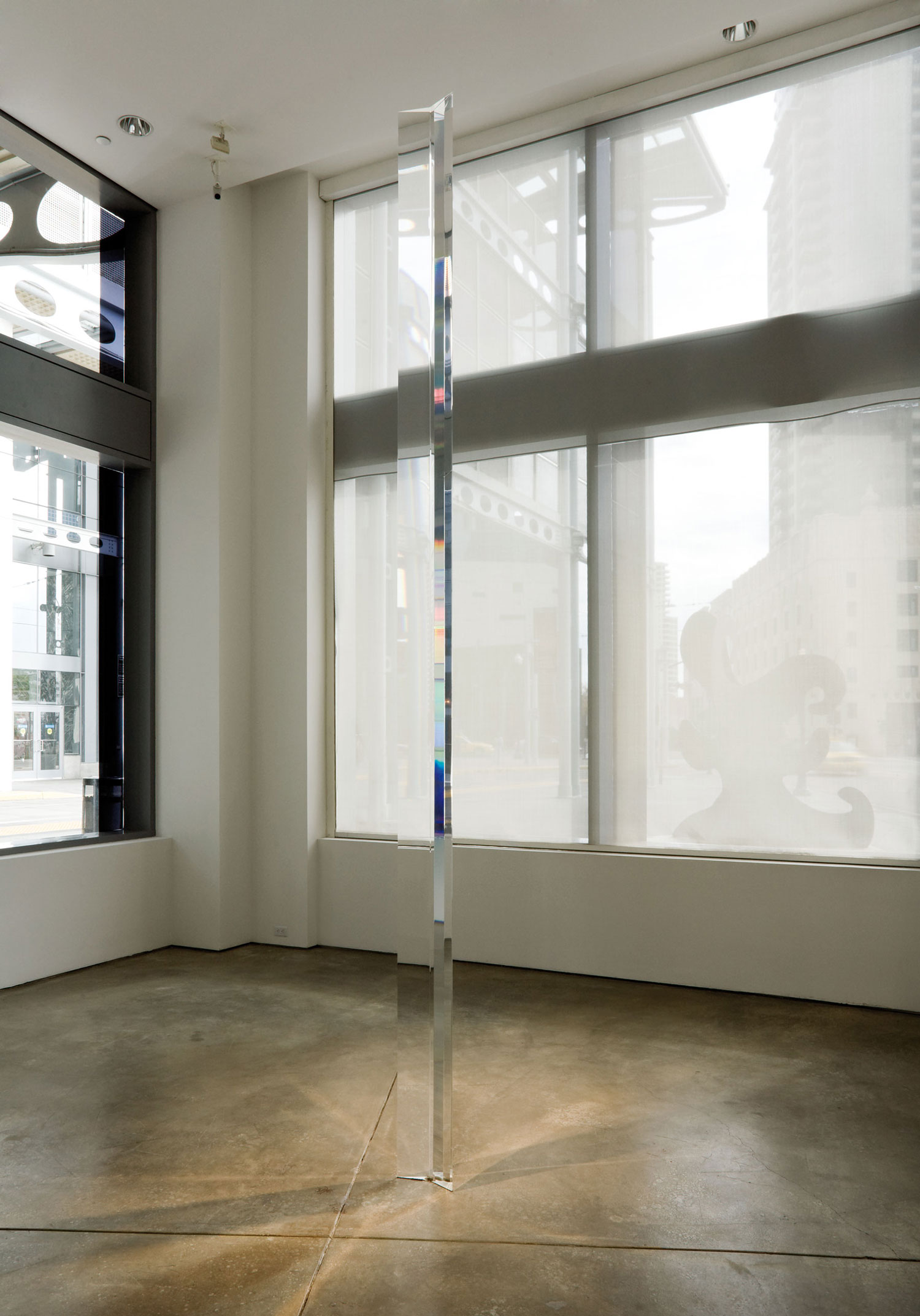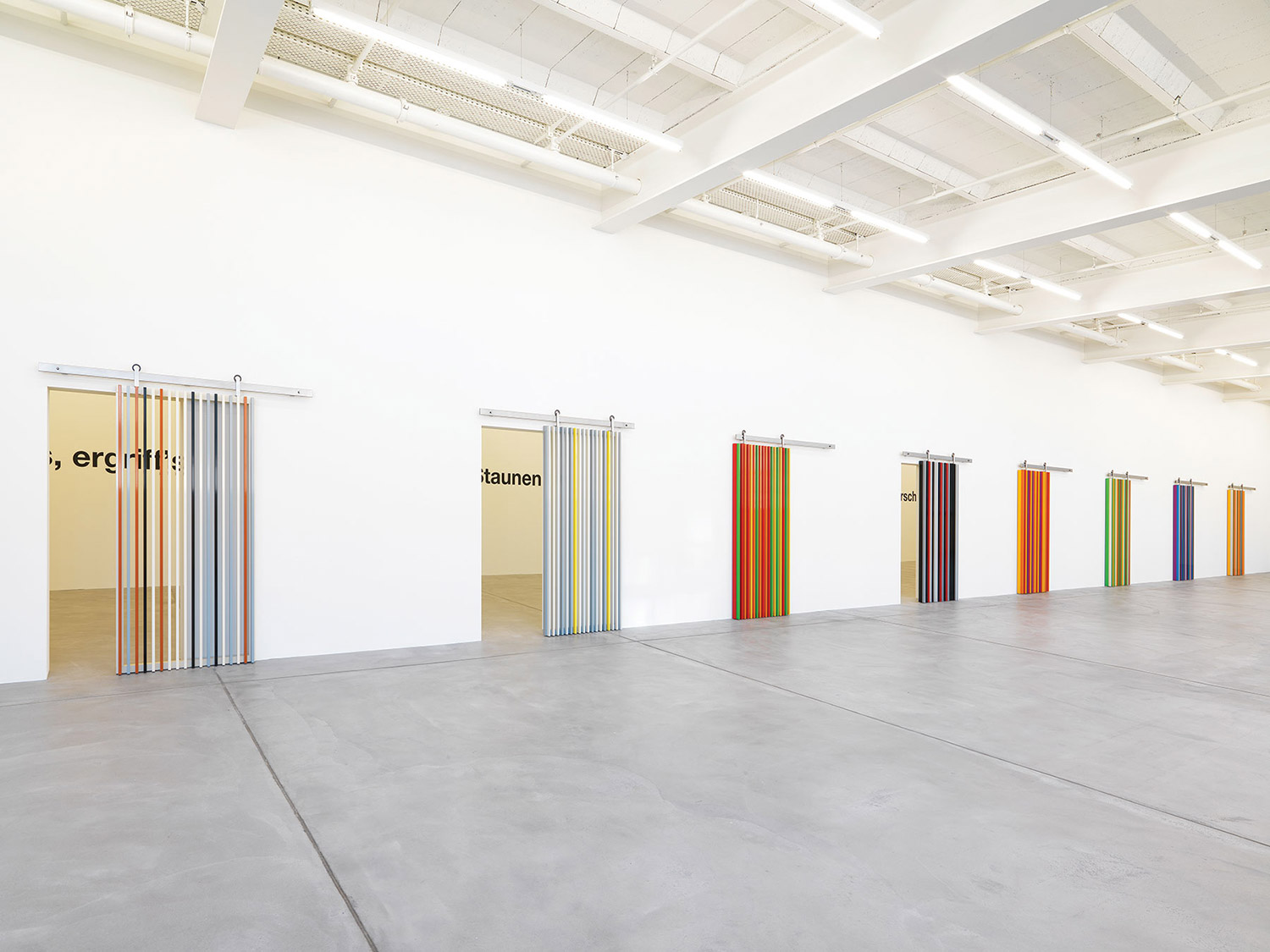
Christine Macel: You started with short, single-shot videos such as Tokyo Tonight (2003), in which a Lebanese shepherd comes from a distance towards the camera pronouncing the word “Tokyo” — a work presented at Palais de Tokyo in Ange Leccia’s Pavilion; Wa (2004), where two kids sing with a small electronic piano; or Famagusta, a short animation featuring two donkeys attached by their tails.
Ziad Antar: I work with mini DVD, an ordinary material that allows me to have a direct approach to my subject. I like to use the simplest means, as in photography: a tripod, a camera, a single shot. Those were ideas that I transformed into videos; sometimes I turned performance into video, other times music into video. Each idea comes from a short story, like Banana (2009), a back-to-front film made as an homage to Jean Eustache’s movie Le Monde à l’envers. To shoot my movie based on potato picking entitled Terres de pomme de terre (2009) — a family activity taking place in Lebanon among the Bekaa plains — I purposely decided to use silent 8mm in order to convey a sense of intimacy and archival aesthetics. This film is linked to a series of photographs I started in 2003, which document the journey of the potato from the farmlands in the North of Europe to the transfer of seeds to Bekaa in Lebanon. The project also developed from my agricultural engineering studies and my observation of the agricultural economy. I documented the work in Europe using photography to express a “cold” look, in my opinion similar to the great European plains and to the huge fridges where potatoes are stored. While concluding my Lebanon journey, I looked for a contrast that could translate this atmosphere. I am interested in revealing the changes, the commercial alliances between North and South, differences and resemblances; this is why in the photos I did not specify whether it was Luxembourg, Belgium or Lebanon. These are issues I broadened afterwards with the series “Portrait of a Territory,” realized in the United Arab Emirates.
CM: Can we talk about Marche Turque (2006), a video installation that was widely exhibited, including in “Younger Than Jesus” at the New Museum in New York?
ZA: I created a video projected on the wall, a fixed shot, a black-and-white aerial view of a pianist’s hands. I had blocked the piano’s strings; one could only hear the sound of the fingers on the keyboard, which create a percussive music while she plays Mozart’s La Marche Turque. The sound became brutal. The poetic dimension of the music disappeared and introduced a sort of military march. Mozart’s La Marche Turque, one of his most famous compositions, evoked the elite of the infantry of the Ottoman army at an age when Austria had already retrieved Hungary from the Turkish Empire. It was still a relationship between North and South, between the Austro-Hungarian Empire and Turkey, which used to be neighbors at the time; it is also the idea of conflict and change, which is at the core of many of my projects, sometimes in a ironic way, like in Famagusta. I tried to detach myself from the direct representation of a conflict, so very present in the Lebanese context and the Arab world. I don’t want to be narrative or stick to “once upon a time,” because that would compromise my practice and I am more interested in the medium. It is often easy to surrender to history, and that is what I work against. I have explored the possibilities of video, film and photography in relation to my ideas by refusing narration.

CM: “Me and My House” (2006) is a photographic series in black and white, made right after the Lebanon-Israel war on the South Lebanon border, where you photographed people in front of their destroyed houses. Then there is “Beyrouth Bereft” (2007-2009), a color series on some unfinished buildings in Lebanon, exhibited at the Seoul Biennale.
ZA: Two months before “Me and My House,” I made a series on the refugees from the South Lebanon war in the schools of Sidon; these are simple portraits of kids before an improvised white background. When the war ended, I took portraits of the owners in front of their homes. These two series deal with the theme of portrait, photography and identity. The human prevails over destruction. “Beyrouth Bereft” doesn’t document ruins, but abandoned and unfinished buildings, whose presence and number is so high that they remind me of a city’s monuments, gigantic and inaccessible sculptures, whose realization lies suspended, conveying ambiguity. Exactly like the Lebanese situation. There are no legal decisions to destroy them, finish them or use them; they’re simply “left there.”
CM: With “Portrait of a Territory” you exhibited a photo installation at the Sharjah Foundation in the Sharjah Museum, a series that you realized over several years on the coast of the United Arab Emirates, a country born in the ’70s and whose influence developed around petrol and trade, following British domination.
ZA: I decided to work on the coast, which reveals the country’s evolution, its glories and failures. I photographed Saudi Arabia all the way to Oman, in a methodical way, by car, day after day. I was interested first of all in the people who work on site; I decided to stay, in order to abandon a priori prejudices. I wasn’t really interested in the country’s richness, but in the everyday life of the population, the emigrants coming from the Arab world, without necessarily photographing them. The process was typical of documentary photography; but the result doesn’t correspond to its most widespread aesthetics, nor do the pictures or the museological display. I obtained some light aberrations that I integrated into my work, and little by little I realized that I was also portraying the Gulf’s light. This allowed me to experiment with the photographic medium. I scanned all the images on site, using machines from the Gulf, industrial scans, not re-worked, which produce a particularly homogeneous look throughout the whole series. For example, the pink ambiance of a certain picture depicting Sharjah could be caused by the scanner.The presentation of the project as one work, with 211 medium-format photos, color and black and white, in a line that follows a sort of small island, pushes my project towards its more conceptual dimension.

CM: The series “Expired,” shown at the Triennale curated by Okwui Enwezor at Palais de Tokyo in Paris and soon to be exhibited at Almine Rech, uses a sort of time jamming. In fact, you have photographed many cities of the world and several personalities, from Michelangelo Pistoletto to Walid Jumblatt, using expired films that you found in the atelier of Hashem el Madani in Sidon, a Lebanese photographer who produced a large archive documenting Lebanese life from 1948.
ZA: I started this series in 2000, in an empirical way. With the expired film from 1976 I was aiming to photograph contemporary subjects with old cameras and means. The first picture was a portrait of Madani himself, who in my opinion embodies the documentary photography of the ancient generation. The atmosphere in his studio left a mark on the whole following series, as a sort of journal of different encounters. The images in “Expired” (made in Lebanon) form a very familiar tout à part. The Dubai and New York images made from the same context were less unexpected because I already knew the type of images I produced in Lebanon. In fact the outcome was like a double surprise, a double enigma. Walid Jumblatt’s photograph is therefore a portrait, but it is “difficult” too; it’s sort of anti-archival. My photographic work breaks from the archival, typical of the previous generation of Lebanese artists. I got interested in him, the Druze head of the socialist-progressive party, after the assassination of Rafic Hariri in 2005. And he himself has survived an assassination attempt. I went there as if I was going to a fort. He looked at his watch and seemed bored. It was both the portrait of a man waiting in a suspended time and an out-of-date photograph, displaced in time.





